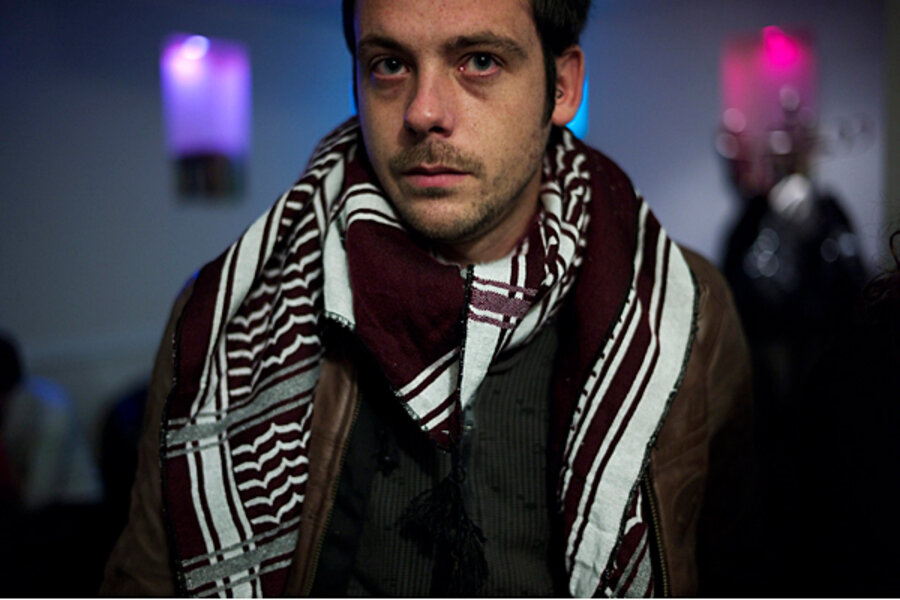American, French journalist killed in Syrian bombardment of Homs
Loading...
• A daily summary of global reports on security issues.
As the Syrian city of Homs faced its 19th straight day of a government barrage, residents plead for a reprieve to allow women and children to leave the city and entry for aid convoys, while the Red Cross’s call for a two-hour daily truce received critical backing from Russia.
Moscow, which has been a staunch backer of President Bashar al-Assad, said today that it supported the International Committee of the Red Cross’s call for a daily, brief truce, expressing “serious concern” about the situation in Homs, Agence France-Presse reports.
Assaults across Syria left at least 68 dead yesterday, according to estimates from the Syrian Observatory for Human Rights. The barrage continued today, killing two Western journalists when a shell hit a makeshift media center in the city where they were working, according to AFP. Human rights groups say the death toll since the uprising began in March 2011 is nearing 8,000.
Human Rights Watch told The Christian Science Monitor that videos from Homs indicate that government troops are deploying the Russian-made “Tulip” weapons system, “which fires the largest mortar round in any military’s arsenal” – 240 mm – from up to 12.5 miles away. When the Russians infamously used it during their siege of the Chechen capital in 1999, they killed thousands of civilians. The use of these mortars in “dense urban environments” is a war crime, the Monitor reports.
Many activists in Homs fear the shelling is only a precursor to a ground assault on the city, the BBC reports.
The two journalists killed in Homs were Sunday Times of London reporter Marie Colvin and French photographer Remi Ochlik. Their deaths were confirmed by the newspaper and the French foreign minister, respectively. Ms. Colvin, an American, was on air with CNN via phone the night before her death. She said Syria “was the worst conflict she had covered,” partly because of the sheer amount of shelling, according to CNN.
In a dispatch for The Sunday Times (paywalled) published over the weekend, Colvin wrote that Homs residents were “waiting for a massacre.” “The scale of human tragedy in the city is immense. The inhabitants are living in terror. Almost every family seems to have suffered the death or injury of a loved one... "On the lips of everyone was the question: 'Why have we been abandoned by the world?'" she wrote.
The Guardian writes that Colvin is considered Britain’s “foremost frontline war reporter” and has twice won the British press award for her foreign correspondent work.
At least two other journalists have been seriously wounded, according to several outlets, although their nationalities and the seriousness of their wounds have been reported differently by each.
The unrelenting nature of the assault on Homs coincides with the Obama administration “dropping” its previously unmovable opposition to arming anti-regime groups, the Associated Press reports. The White House and State Department coordinated their announcements that “additional measures” may be coming if a political solution remains out of reach.
“We don’t want to take actions that would contribute to the further militarization of Syria because that could take the country down a dangerous path,” White House press secretary Jay Carney told reporters. “But we don’t rule out additional measures if the international community should wait too long and not take the kind of action that needs to be taken.”
The administration has previously said flatly that more weapons are not the answer to the Syrian situation. There had been no mention of “additional measures.”
Meanwhile, in addition to backing Red Cross assistance, Russia has also proposed the dispatch of a UN special envoy to the country to oversee humanitarian efforts, the Associated Press reports – the strongest move against Assad that Russia has so far taken. It has steadily provided arms to the regime throughout the uprising, selling $1 million worth of arms to the country in 2011, according to Reuters.
[ Video is no longer available. ]








